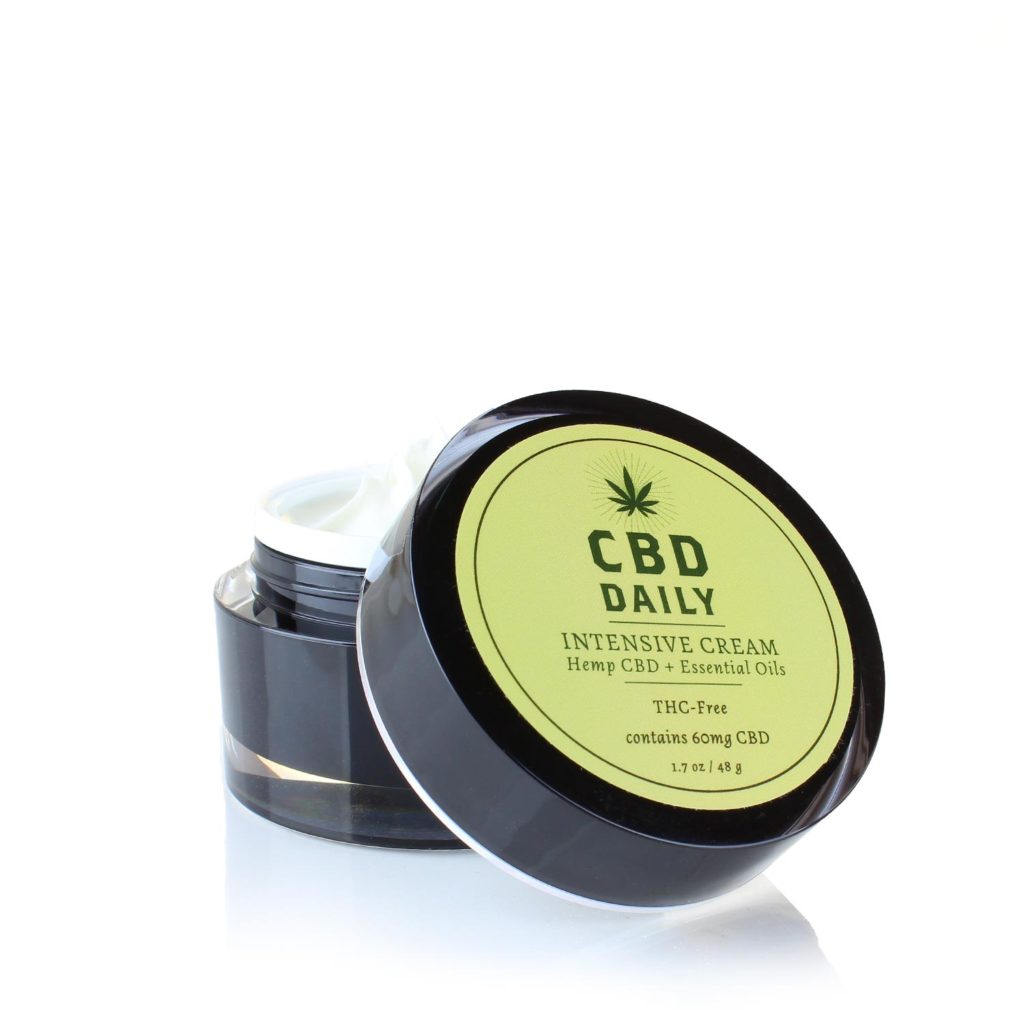Unleash the Power of Serenity CBD Arnica: Experience Nature's Healing Touch
Explore the Science Behind CBD Pain Lotion and Its Restorative Effects
As the need for natural discomfort relief alternatives proceeds to rise, the clinical neighborhood has transformed its attention to the healing impacts of CBD pain cream. Recognizing the elaborate devices whereby CBD communicates with the body's endocannabinoid system to reduce discomfort is important in deciphering its effectiveness. From its anti-inflammatory properties to the complicated neurological effects that modulate pain assumption, CBD's prospective as a discomfort management option is a subject of continuous study and clinical interest. Keep tuned to unravel the science behind CBD pain cream and exactly how it holds promise for those looking for alternative methods for discomfort alleviation.
Endocannabinoid System and CBD Discomfort Alleviation
What duty does the endocannabinoid system play in CBD pain relief? The endocannabinoid system (ECS) is a complicated network of receptors, enzymes, and endocannabinoids that play an essential role in controling numerous physical procedures, consisting of pain experience. When CBD is used topically or ingested, it connects with the ECS to regulate pain understanding and inflammation. CBD applies its results by targeting cannabinoid receptors, particularly CB1 and CB2 receptors, which are bountiful in the main nerves and immune cells, specifically. By binding to these receptors, CBD can hinder the transmission of discomfort signals and lower swelling, causing discomfort relief.

Devices of CBD for Pain Monitoring
Checking out the intricate devices where CBD runs suffering administration exposes its potential as a valuable restorative device in relieving various types of discomfort. CBD engages with the endocannabinoid system, consisting of cannabinoid receptors (CB1 and CB2) distributed throughout the body. When CBD is provided, it modulates these receptors, influencing natural chemical release and moistening pain signals. In addition, CBD's anti-inflammatory residential properties play a crucial duty suffering administration by lowering inflammation at the website of discomfort.

Anti-Inflammatory Features of CBD
In clarifying the effectiveness of CBD in pain management, a significant element lies in its powerful anti-inflammatory properties. CBD, or cannabidiol, has actually gathered attention Homepage for its ability to modulate inflammatory actions within the body. Inflammation is a complicated biological feedback that plays a critical duty in the body's immune system, yet when it becomes chronic, it can add to various wellness problems, consisting of pain. CBD engages with the endocannabinoid system, especially targeting CB2 receptors discovered in the immune cells. By activating these receptors, CBD can assist control immune responses and reduce swelling.
Researches have actually revealed that CBD can inhibit inflammatory conciliators and cytokines, consequently dampening the inflammatory cascade. This anti-inflammatory effect is especially appealing for problems characterized by persistent swelling, such as arthritis, inflammatory bowel condition, and neuropathic have a peek at these guys discomfort. By easing swelling, CBD not only addresses the signs however also targets the underlying root cause of pain, making it a beneficial restorative representative for managing a large range of inflammatory conditions.
Neurological Impacts of CBD on Pain
CBD exerts extensive neurological results on pain perception through its interaction with certain receptors in the central nerves. The endocannabinoid system, which comprises cannabinoid receptors (CB1 and CB2) and endocannabinoids produced by the body, plays an essential duty in modulating discomfort signals. CBD communicates with these receptors, mostly CB1 discovered in the mind and CB2 situated in the immune cells, to exert its analgesic results. By influencing the task of these receptors, CBD can assist regulate discomfort sensitivity and swelling, supplying potential restorative advantages for individuals experiencing from numerous kinds of pain problems.
Research studies have actually revealed that CBD's action on the endocannabinoid system can lead to the inhibition of pain signaling pathways, decreasing the assumption of discomfort. Additionally, CBD has actually been discovered to have neuroprotective residential properties, which can help minimize neuropathic pain by safeguarding nerve cells from damages. The capacity of CBD to modulate pain at a neurological degree makes it an appealing choice for taking care of persistent discomfort conditions where traditional therapies might drop short.
Clinical Researches Supporting CBD Pain Alleviation

Verdict
In final thought, the science behind CBD discomfort cream reveals its possible healing impacts through the inflection of the endocannabinoid system (Serenity CBD balm Sacramento). CBD's systems for pain administration include its anti-inflammatory properties and neurological impacts on pain understanding.
As the demand for all-natural discomfort alleviation alternatives proceeds to rise, the clinical neighborhood has transformed its focus to the restorative results of CBD pain lotion. From its anti-inflammatory homes to the facility neurological impacts that regulate discomfort assumption, CBD's possible as a pain monitoring solution is a subject of recurring research study and medical passion.Building upon the understanding of CBD's neurological impacts on discomfort perception, professional studies have given valuable insights right into the efficiency of CBD in offering discomfort alleviation. A study released in the European Journal of Discomfort showed that applying CBD topically minimized discomfort and swelling in rats with arthritis without any noticeable side effects. CBD's systems for discomfort management include its anti-inflammatory residential or commercial properties and neurological results on pain understanding.